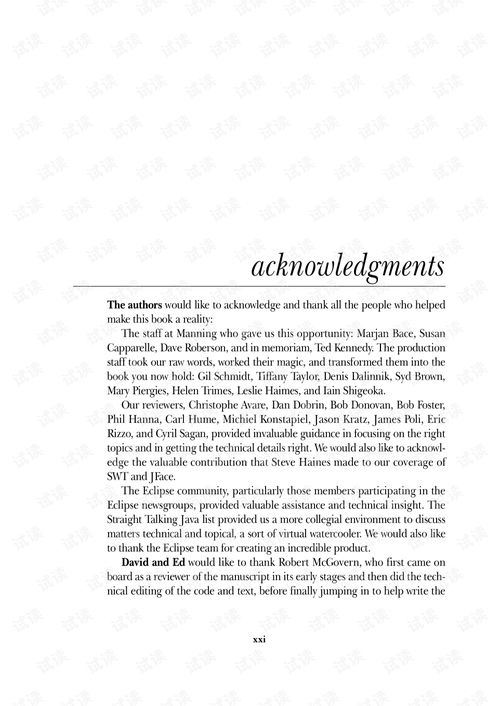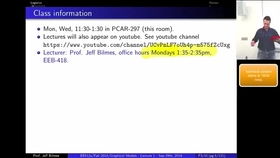Introduction: D钓鱼,作为一项古老的休闲活动,不仅能够带来丰富的收获,还能让人在宁静的水边享受大自然的美好,而在钓鱼过程中,调浮漂是至关重要的技巧之一,本文将详细解析如何学习调浮漂技巧,帮助新手们快速掌握这一钓鱼艺术。
Understanding the Floating Bob: The Basics
Before diving into the adjustment techniques, it's essential to understand the floating bob itself. The floating bob, or float, is a buoyant device that sits on the water's surface and is connected to the fishing line. It helps in detecting the bite of the fish and determining the depth at which the bait is situated.
Types of Floating Bobs:
- Sinker Bobs: These are used in deeper waters and are designed to hold the bait at a specific depth.
- Floating Bobs: As the name suggests, these rise above the water's surface and are ideal for shallow water fishing.
- Semi-Floating Bobs: A combination of both sinking and floating properties, these bobs can be adjusted to various depths.
Components of a Floating Bob:
- The Body: The main part of the bob that holds the weight.
- The Collar: The part that fits over the fishing line.
- The Tip: The sensitive end that moves upon a fish bite.
Learning the Basics of Floating Bob Adjustment
Choosing the Right Floating Bob:
- The choice of the bob depends on the fishing conditions, such as water depth, current, and the type of fish you're targeting.
- Test different types of bobs to find the one that suits your fishing style.
Setting Up the Bob:
- Attach the bob to the fishing line securely.
- Adjust the position of the bob so that it sits at the desired depth in the water.
The Importance of Balance:
- The balance of the bob is crucial for detecting fish bites accurately.
- If the bob is too heavy, it may not move as the fish takes the bait.
- Conversely, if the bob is too light, it may not hold the bait at the desired depth.
Adjusting the Weight:
- Add or remove weight from the bob to achieve the right balance.
- Experiment with different weights to see how they affect the bob's performance.
Advanced Techniques for Floating Bob Adjustment
Sensitivity Adjustment:
- The sensitivity of the bob can be adjusted by changing the distance between the bob and the hook.
- A shorter distance makes the bob more sensitive to bites, while a longer distance reduces sensitivity.
Wind and Current Considerations:

- Wind and current can significantly affect the performance of the bob.
- Adjust the bob's position to counteract the effects of wind and current.
Using Additional Aids:
- Some anglers use additional devices like indicators or split shot to improve the bob's performance.
- These aids can help in detecting subtle movements of the bob.
Practical Tips for Effective Floating Bob Adjustment
Practice Patience:
- Learning to adjust the floating bob requires patience and practice.
- Spend time experimenting with different setups to understand how each adjustment affects the bob's performance.
Keep the Bob Clean:
Regularly clean the bob to remove any debris or algae that may affect its buoyancy.
Observe the Bob's Behavior:
- Pay close attention to how the bob behaves in different conditions.
- This will help you make informed adjustments during your fishing trips.
Use a Bob with a Sharp Tip:
A sharp tip allows the bob to detect even the smallest movements, making it more effective in detecting fish bites.
Conclusion: Mastering the art of floating bob adjustment is a skill that can greatly enhance your fishing experience. By understanding the basics, experimenting with different setups, and observing the bob's behavior, you'll be well on your way to becoming a proficient angler. Remember, the key to success lies in patience, practice, and a willingness to learn. Happy fishing!












